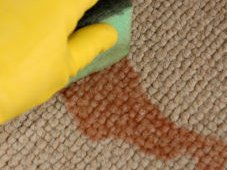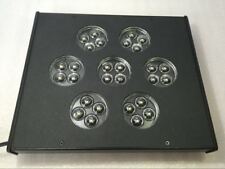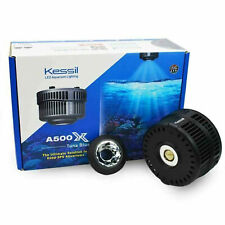Dealing With Cat Urine Stains and Odors

Because cat food tends to have quite a high protein content, the stains can be quite stubborn, and the odors offensive. This protein content increases as cats age, and lose their renal function, making stains even smellier. But rest assured that although accidents do happen, there’s a lot you can do to tackle the problem.
Prevention is always better than cure, so find out why your cat is peeing indoors in the first place. Was toilet training inadequate? Is its litter box too dirty for it to use? Does it have a urinary tract infection which needs help from a veterinarian, or is there some other medical issue?
Cat urine is made up of urea which makes it its sticky, urochrome which gives it its color, and uric acid in the form of crystals and salts. It’s this last component which makes cat urine smell. So, whatever you do, make sure you get rid of the crystals, which can lay dormant even after the visual stain has been cleared, only to cause a whiff again when it rains or humidity increases.
Do not use any products containing ammonia. This is also found in cat urine, so the smell could attract your feline to use the same spot as a toilet again. And always take swift action after an accident. Use paper napkins to mop up as much urine you can as quickly as possible. This stops liquid from soaking deep into carpets or furniture, and helps eliminate odors. Don’t rub hard at stains, as this will only push them further into the fabric or carpet fibers. Rinse stains with fresh cold water and blot until dry.
There are plenty of products on the market for dealing with cat urine stains and odors. But if you want something with no chemicals, there are options. Baking soda, for example, is effective, especially for fresh rather then deeply penetrated or old stains. Just sprinkle generously on the affected area, let it soak in, then vacuum up the excess.
A steam cleaner may work well on older marks by pushing clean water deep into your carpet and sucking out the urine. This is another chemical-free option, and machines for steam can usually be hired at supermarkets and other stores, or you may wish to invest in your own.
Another highly useful idea is white vinegar and warm water. Combine a quart of warm water and half a cup of vinegar and pour on to the spot, before covering with a soft, absorbent cloth and adding pressure. A few hours later, use a carpet brush to fluff up the carpet, and let dry. You may want to test the solution first on a hidden piece of fabric or carpet to make sure it won’t affect the color. After treating a stain, use odor neutralizers or deodorizers, available from most pet stores.
As I hope you have now seen, having a cat who has the odd accident does not mean a lifetime of wet curtains and stinking carpets!











